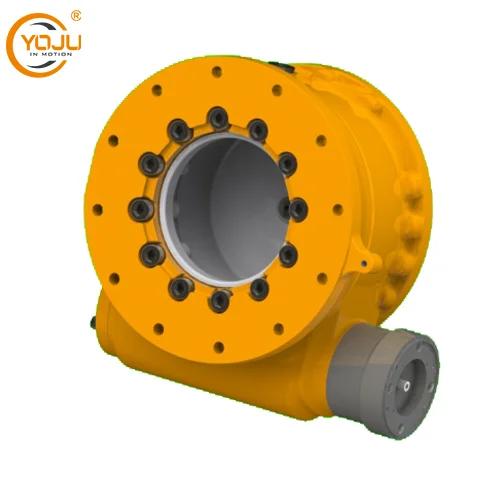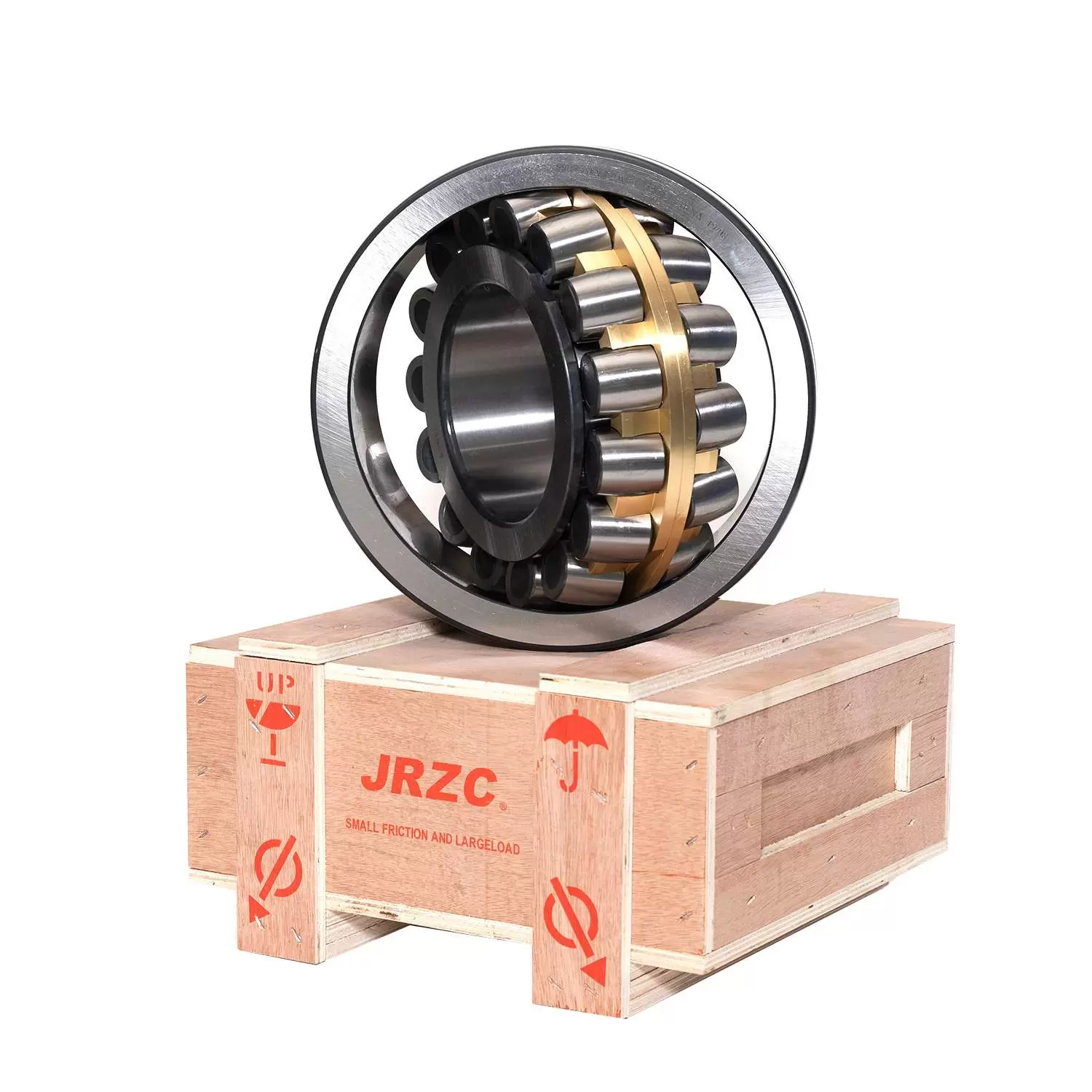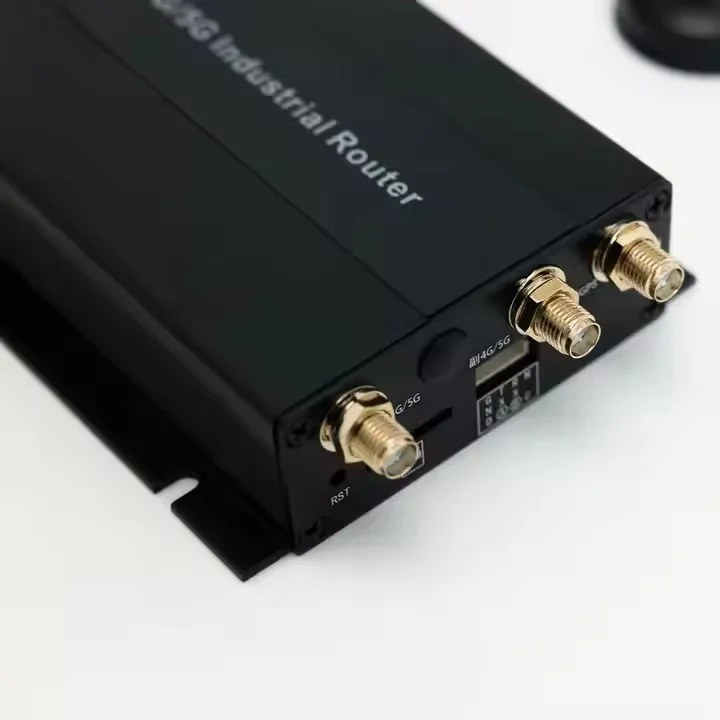In the world of automotive engineering, car boost plays a pivotal role in enhancing performance and delivering exhilarating driving experiences. Whether you are a car enthusiast or simply curious about the inner workings of these powerful machines, this article will delve into the intricacies of car boost, explaining its mechanisms, benefits, and the technologies behind it.
- Understanding Car Boost:
Car boost, also known as forced induction, is a technique used to increase the power output of an internal combustion engine. It involves compressing the incoming air to provide a higher oxygen concentration, resulting in improved combustion and increased horsepower. - Turbocharging: The Art of Harnessing Exhaust Energy:
Turbocharging is one of the most common methods of achieving car boost. It utilizes the energy from the engine's exhaust gases to drive a turbine, which in turn powers a compressor. This compressor pressurizes the intake air, allowing more air to enter the combustion chamber and enabling the engine to burn more fuel, thus generating additional power. - Supercharging: Direct Power Infusion:
Supercharging, on the other hand, employs a belt-driven compressor to force more air into the engine. Unlike turbocharging, which relies on exhaust gases, superchargers are directly powered by the engine, providing an instant power boost at lower RPMs. This immediate response enhances throttle response and eliminates turbo lag. - Intercooling: Keeping It Cool for Optimal Performance:
Both turbocharging and supercharging generate heat during the compression process. To counteract this, intercoolers are employed to cool down the compressed air before it enters the engine. By reducing the air temperature, intercoolers increase the air density, allowing for a larger volume of air to be introduced into the combustion chamber, resulting in improved combustion efficiency and power output. - Electronic Boost Control: Precision at Your Fingertips:
Modern cars utilize electronic boost control systems to precisely regulate the amount of boost pressure delivered to the engine. These systems monitor various parameters such as engine load, RPM, and throttle position to optimize performance and ensure engine safety. By adjusting the wastegate or bypass valve, the electronic control unit can modulate the boost pressure according to the driving conditions, delivering power when needed while maintaining reliability. - Benefits of Car Boost:
Car boost offers numerous advantages, including:
- Increased horsepower and torque, providing exhilarating acceleration and improved towing capabilities.
- Enhanced fuel efficiency, as smaller engines can be used without sacrificing performance.
- Improved engine responsiveness and throttle control, resulting in a more engaging driving experience.
- The potential for aftermarket tuning, allowing enthusiasts to further optimize their vehicle's performance.
Conclusion:
Car boost technology has revolutionized the automotive industry, enabling manufacturers to extract more power and efficiency from smaller engines. Whether through turbocharging or supercharging, the ability to increase the air intake and optimize combustion has transformed the driving experience. By understanding the intricacies of car boost, you can appreciate the engineering marvels that propel us forward on the open road. So buckle up and embrace the power of car boost!









+ There are no comments
Add yours